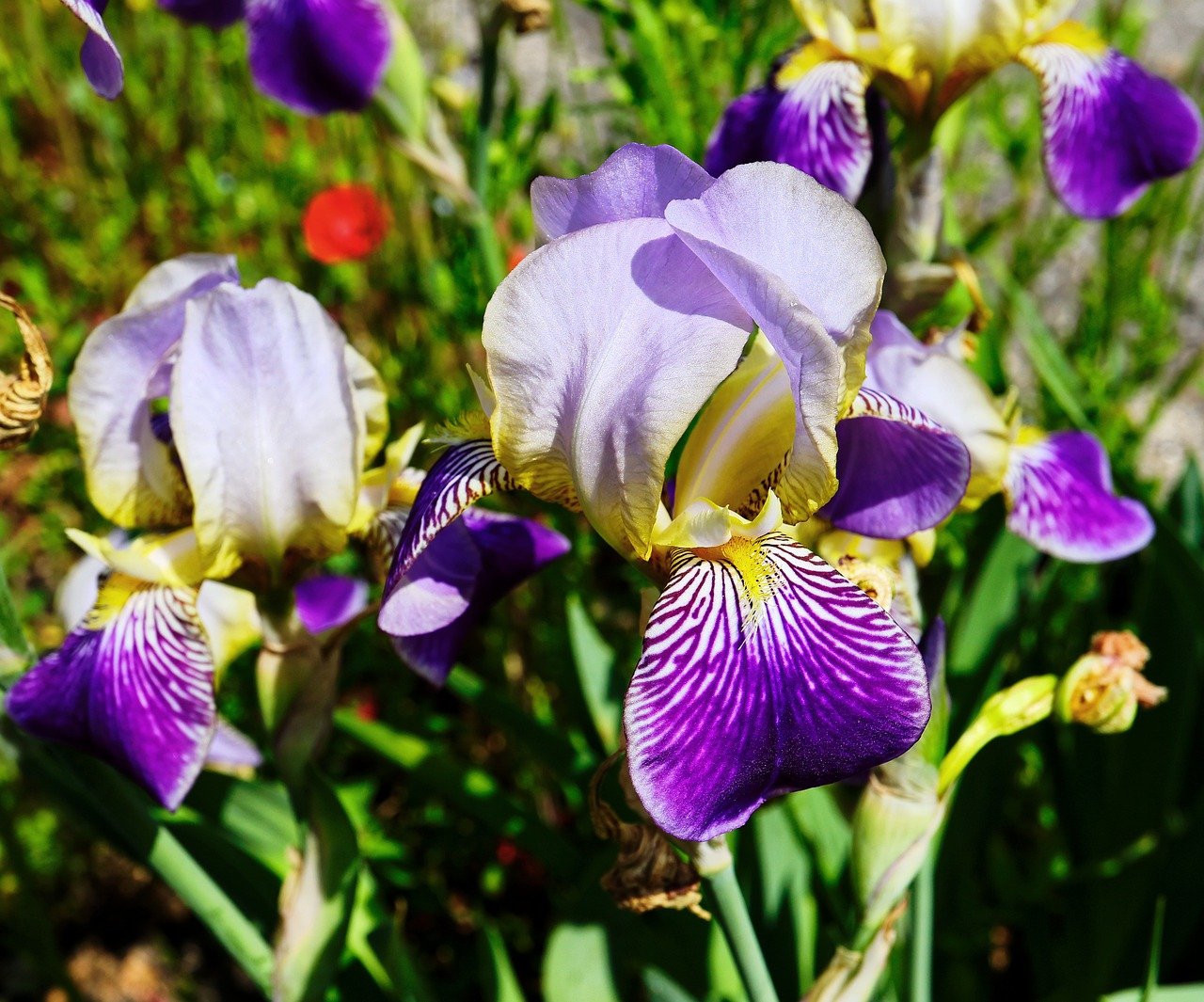Before you panic, learn how to fix orchid root rot in three easy steps. It is always beneficial to learn various techniques for fixing orchid problems. Whether it’s about how to save an orchid with rotten roots or how to recover an overwatered orchid, keeping these tricks in your arsenal should prevent fears when you recognize the signs of an orchid problem.
More so, addressing the issue immediately will always have a higher rate of success. Orchids are not the easiest plants to grow because they are prone to pests and diseases. However, a trend you’ll see is that improper management practices often cause these problems.

This doesn’t mean that you should forget your dream of having orchids. You can always use a greenhouse to maintain their ideal growing condition and give you a safety net.
How To Fix Orchid Root Rot In 3 Steps
Step #1. Prepare an ideal environment
When growing orchids, it’s no question that maintaining their ideal environment is crucial for their health. Therefore, one can conclude that plants having root rot will require these conditions more. This is why creating the perfect environment is the first step of fixing root rot, and you can do it indoors like the greenhouse.
For this ideal environment, you want to put the orchids in high humidity to make the drying rate slower until the damaged plants recover. Gardeners also note how warm temperatures support growth and metabolism, so plants have a faster recovery chance under this condition. Lastly, subdue the orchids’ light source so that they don’t lose water further from creating sugars.
Step #2. Add a rooting hormone
Once you have your ideal environment for root rot recovery, you need to prepare the plant itself. You can help the plant rejuvenate its roots by using a rooting hormone as you would in division. Applying a rooting hormone is simple, but make sure to follow the instructions on the label.
The most common method is dipping the plant in the rooting hormone. Start by filling a container with water around 80°F and creating a solution with the rooting hormone. Then, use this container to submerge the plant for an hour.
Using a rooting hormone is fool-proof, but remember to practice sanitation using the rooting hormone to prevent spreading diseases.
Step #3. Make a rescue environment
Besides using a rooting hormone, some gardeners also prefer to try and recover some of the roots. Using damp sphagnum and a plastic bag, you can create a smaller environment to help the roots get water for the plant. Remember that misting is useless for plants experiencing root rot because their leaves are not efficient anymore.
Therefore, sphagnum for moisture and a bag as the closed environment should provide water to the orchids with root rot. However, this technique is not flawless, and you want to avoid getting the plant in direct contact with sphagnum. Please do your research for this rescue environment beforehand, as it’s always easier to create new roots than rescuing the rotten ones.
To give you a quick idea, you’ll add some damp sphagnum moss in one corner of the plastic bag. Place the orchid inside, making sure it’s not touching the moss before sealing the bag. Then, place it in a warm but shady area to induce a new root system ready for repotting.
What Causes Orchid Root Rot?
More than the solution, prevention will always be the most effective way to conquer orchid root rot. Root rot itself is a fungal disease, which means management practices will be useful in preventing it. The most significant cause of orchid root rot is overwatering because this situation deprives the roots of oxygen.
To combat overwatering, make sure that your orchid containers have good drainage, and their medium itself doesn’t create standing water. More so, check the medium’s top before watering and abide by your orchid species’ water requirements. Lastly, be conscious of the size of the pot you’re using.
Not only does this create an excess medium that retains water, but a large container will also take longer to dry. If you don’t schedule your waterings, you have a high chance of overwatering that will support root rot. Overall, always be on the lookout for overwatering signs, and don’t panic if you suspect root rot since you can still recover them.
Conclusion
Maintaining the ideal conditions and management practices is the best way to prevent root rot on orchids. But once your plant shows signs of this disease, you should know how to fix orchid root rot to address it immediately. Start by preparing the ideal environment to help the plant recover by adjusting the conditions inside a greenhouse.
Then, remove the remaining media and dead roots of the plants before dipping them in rooting hormone. Before setting them in any new pot, you can consider creating a recovery environment using sphagnum moss and plastic bags. The combination of the greenhouse and this environment should help the plants take in water, rejuvenate themselves, and grow a new root system.
Lastly, don’t forget to be mindful of watering your orchids. Overwatering is the leading cause of root rot, and you can prevent this by using a well-draining medium and container.
